Museum on Main Street

The Smithsonian Institution’s Museum on Main Street (MoMS) program brings high quality traveling exhibitions and educational programs to rural audiences and small museums. As the Smithsonian’s partner in Louisiana, the LEH works with rural museums to leverage Museum on Main Street exhibitions to build community capacity and highlight meaningful local contributions to small town life.
Past Tours
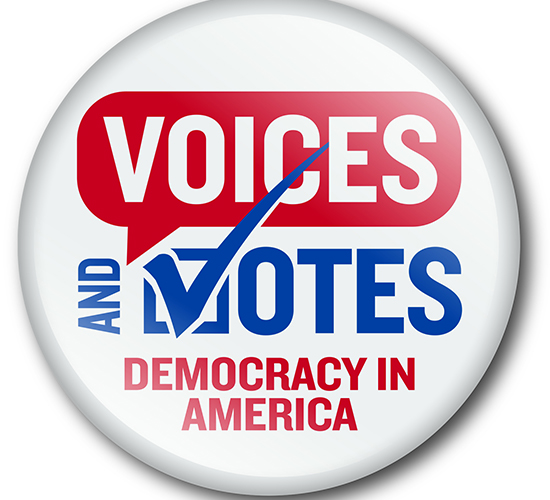
2022–2023
Voices and Votes: Democracy in America
The Voices and Votes exhibition was the centerpiece of Who Gets to Vote?, a statewide LEH initiative focused on civic engagement that asks Louisiana residents to think critically about questions such as:
- Who has the right to vote?
- What are the freedoms and responsibilities of citizens?
- Whose voices will be heard?
- How do you participate as a citizen?
Voices and Votes was made possible in part by the National Endowment for the Humanities under the special initiative, “A More Perfect Union,” which is designed to demonstrate and enhance the critical role the humanities play in our nation and support projects that help Americans commemorate the 250th anniversary of the Declaration of Independence in 2026.
- Lincoln Parish Library, Ruston, LA: April 18–May 28, 2022
- Zigler Art Museum, Jennings, LA: June 6–August 7, 2022
- Denham Springs Main Street, Old City Hall, Denham Springs, LA: August 27–October 22, 2022
- Louisiana’s Old State Capitol, Baton Rouge, LA: October 29–December 10, 2022
- Shreve Memorial Library, Vivian, LA: December 17, 2022–January 29, 2023
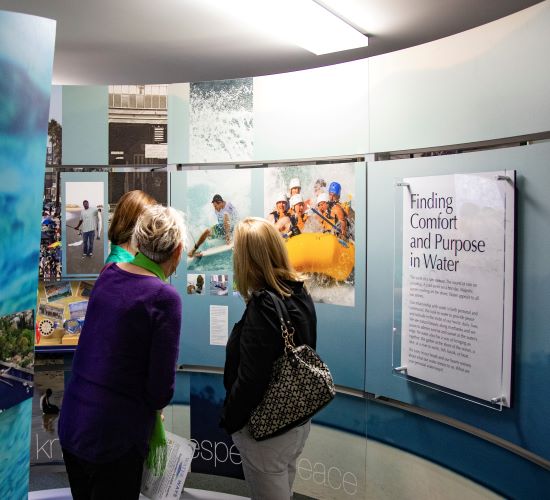
2021–2022
Water/Ways
In Louisiana, we have a unique relationship with water. It is a natural resource and a threat, an inspiration to artists, grows the seafood we eat and provides shipping routes for businesses. Water has shaped the geography and history of our state. Water/Ways offers local communities a new opportunity to explore the myriad of ways that water affects our lives.
The current tour of Water/Ways is part of the LEH’s BHP-funded initiative “Coastal Impacts: An Integrated Approach for Community Adaptation, Understanding, and Planning.”
- Jean Lafitte National Historical Park and Preserve, Wetlands Acadian Cultural Center, Thibodaux, LA: May 29–June 30, 2021
- Grand Isle Community Center, Grand Isle, LA: July 10–August 21, 2021
- Lake Pontchartrain Basin Maritime Museum, Madisonville, LA: August 28–October 9, 2021
- Bayou Teche Museum, New Iberia, LA: October 21–November 27, 2021
- Louisiana Sports Hall of Fame and Northwest Louisiana History Museum, Natchitoches, LA: December 4, 2021–January 15, 2022
- Calcasieu Parish Public Library, Lake Charles, LA: January 22–March 5, 2022
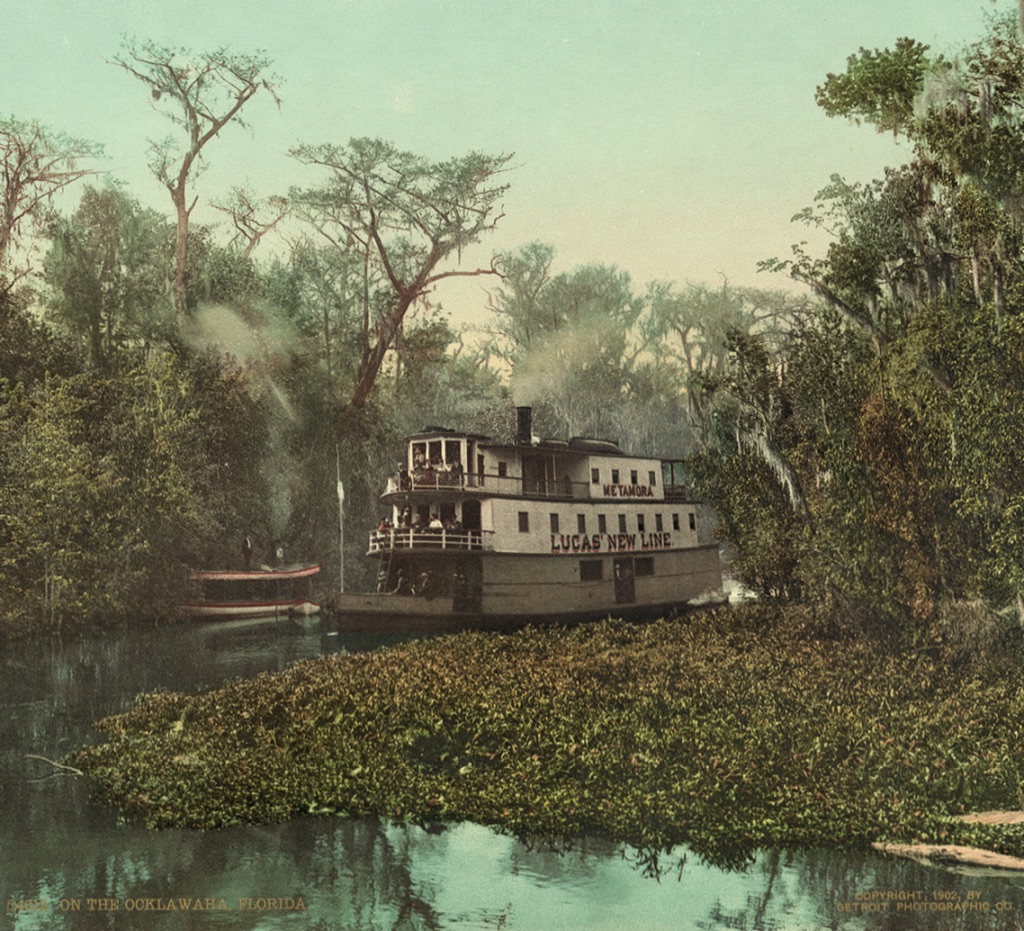
2018–2019
Water/Ways
Water/Ways offers local communities a new opportunity to explore the myriad of ways that water affects our lives.
Tour sites:
- Zion Traveler’s Cooperative Center at Phoenix High School, Braithwaite
- Old City Hall Museum, Denham Springs
- Schepis Museum, Columbia
- Louisiana 4–H Foundation Grant Walker Camp, Pollock
- Zigler Art Museum, Jennings
- Jeanerette Museum, Jeanerette
The 2018–19 Water/Ways tour in Louisiana was made possible by a grant from the Walton Family Foundation.
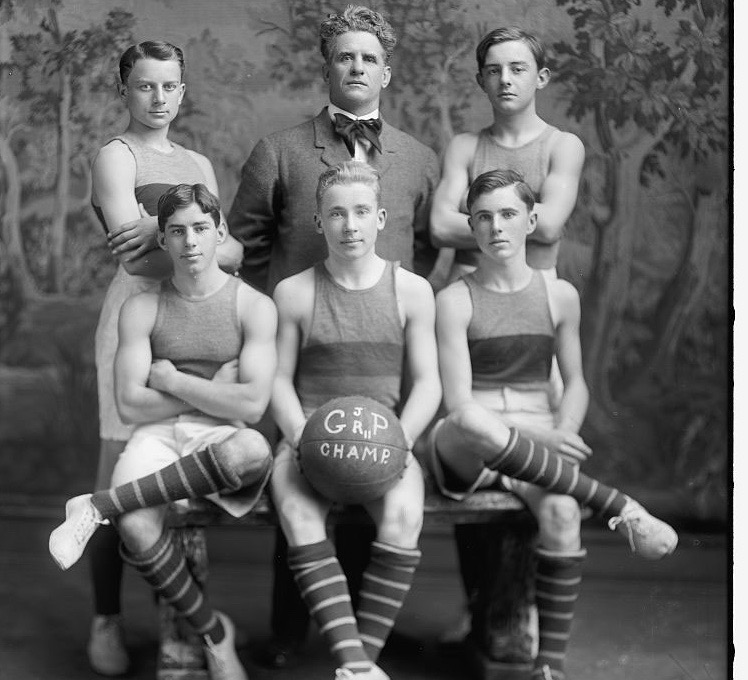
2016–2017
Hometown Teams
Hometown Teams: How Sports Shape America captured the stories that unfolded on neighborhood fields and courts, including the underdog heroics, larger-than-life legends, fierce rivalries, and gut-wrenching defeats that captivate players and audiences alike.
Tour sites:
- Old Post Office Museum, Winnsboro
- Claiborne Parish Library, Homer
- Louisiana Sports Hall of Fame and Northwest Louisiana History Museum, Natchitoches
- Lincoln Parish Library, Ruston
- Southern Forest Heritage Museum & Research Center, Long Leaf
- Abita Springs Trailhead Museum, Abita Springs
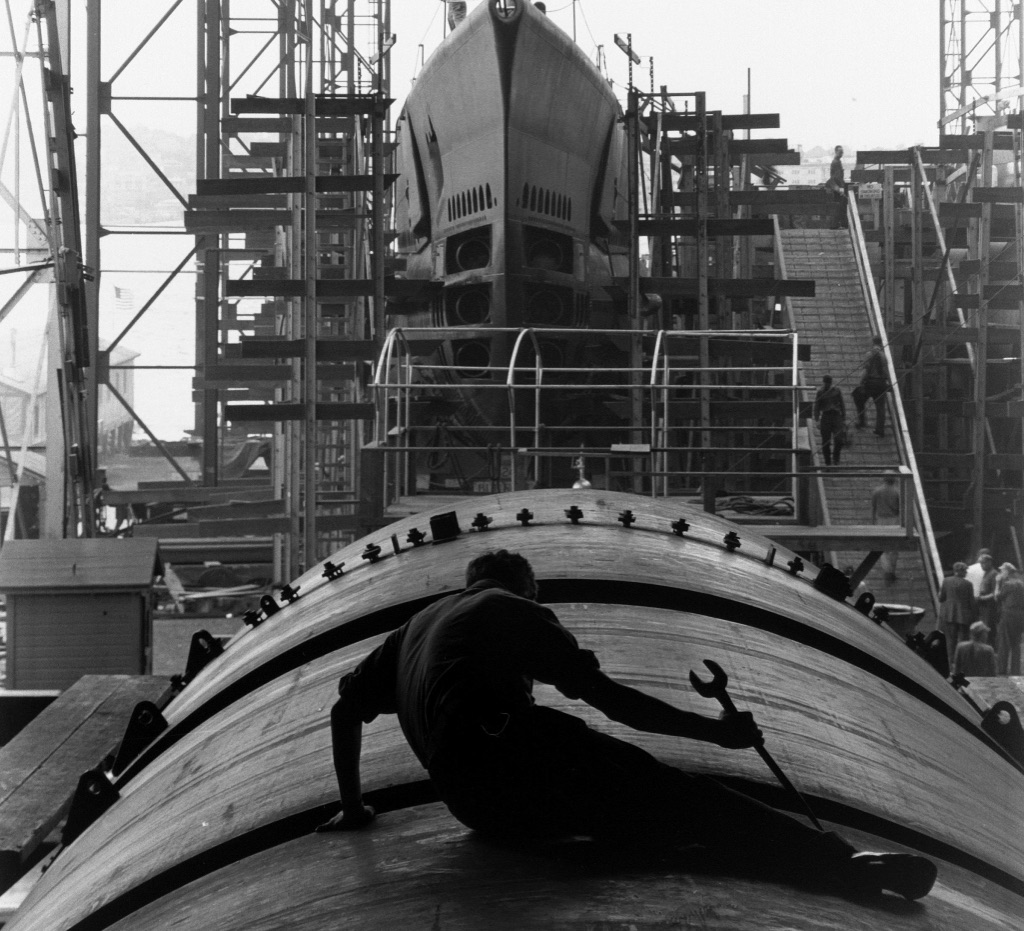
2013–2014
The Way We Worked
Adapted from an original exhibition developed by the National Archives, The Way We Worked explored how work became such a central element in American culture by tracing the many changes that affected the workforce and work environments over the previous 150 years.
Tour sites:
- Jackson Parish Library, Jonesboro
- City Hall, Minden
- Haas Auditorium, Bunkie
- Main Library, DeRidder
- Louisiana State Penitentiary Museum, Angola
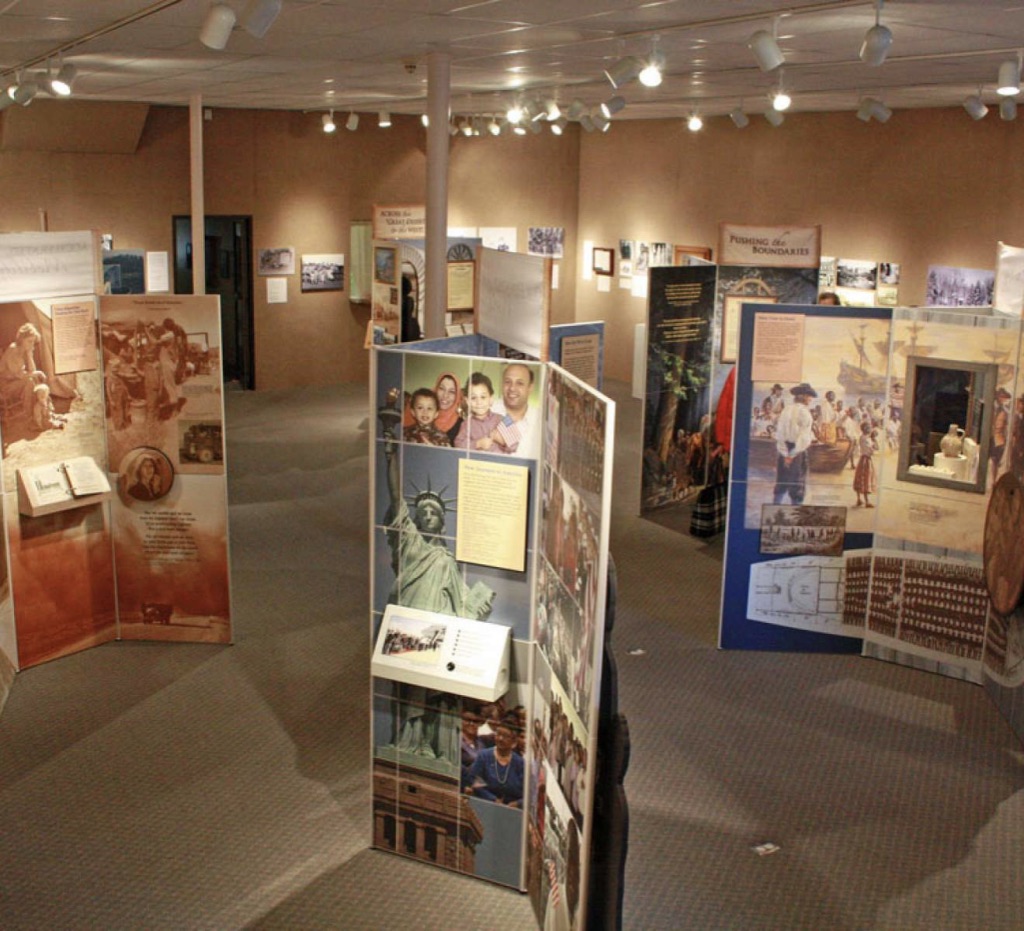
2011–2012
Journey Stories
The story of the intersection between transportation and American society is complicated, but it tells us much about who we are: people who see our societal mobility as a means for asserting our individual freedom. Journey Stories examined the intersection between modes of travel and Americans’ desire for freedom of movement.
Tour sites:
- The Acadian Memorial, St. Martinville
- Vernon Parish Tourism Commission, Leesville
- Old City Hall Museum, Denham Springs
- Louisiana State Cotton Museum, Lake Providence
- Southern Forest Heritage Museum & Research Center, Long Leaf
- West Feliciana Historical Society, St. Francisville

2008–2009
New Harmonies: Celebrating American Roots Music
American music is built upon the melding of different cultural groups and is a direct reflection of the country’s diversity. New Harmonies was an interactive exhibit that examined the ongoing cultural process that has made America the birthplace of more music than any other place on earth.
Tour sites:
- Abita Opry, Inc, Abita Springs
- Lincoln Parish Library, Ruston
- Jeanerette Bicentennial Park & Museum, Jeanerette
- La Musee de la Ville de Kaplan, Kaplan
- Delta Music Museum, Ferriday
- Louisiana State Oil & Gas Museum, Oil City
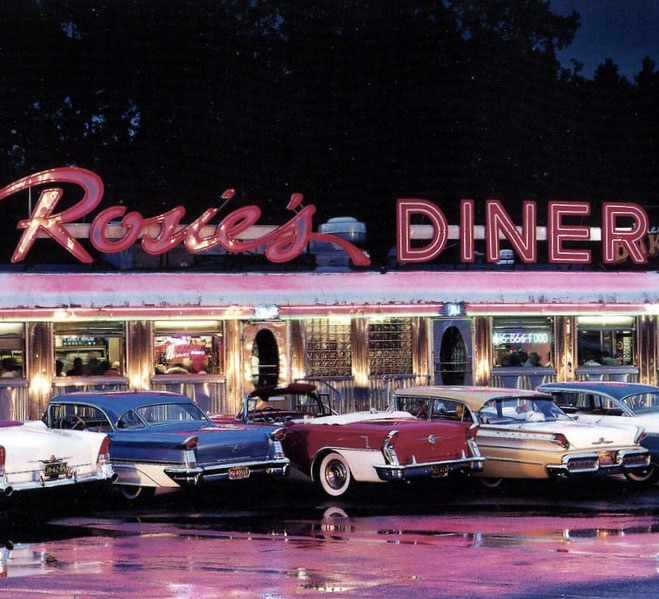
2006–2007
Key Ingredients: America by Food
Our recipes, menus, ceremonies, and etiquette are directly shaped by our country’s rich immigrant experience, the history and innovations of food preparation technology, and the ever-changing availability of key ingredients. Key Ingredients explored the connections between Americans and the foods they produce, prepare, preserve, and present at the table.
Tour sites:
- Julien Poydras Museum and Arts Council, New Roads
- Old Courthouse Museum, Natchitoches
- Larose Civic Center, Larose
- Jena Cultural Center, Jena
- St. Mary Parish Library, Baldwin
- Acadian Prairie Cultural Center, Eunice
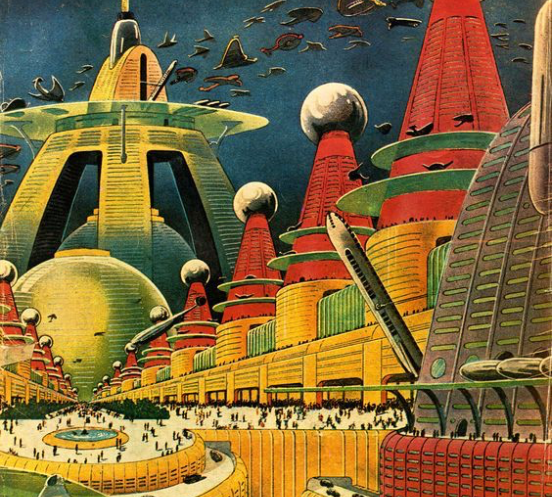
2004–2005
Yesterday’s Tomorrows: Past Visions of the American Future
Yesterday’s Tomorrows explored the history of the future—our expectations and beliefs about things to come. From ray guns to robots, to nuclear-powered cars, the Atom Bomb house, and predictions and inventions that went awry, Yesterday’s Tomorrows helped visitors understand the values and hopes Americans hold and have held about the years to come.
Tour sites:
- Minden Chamber of Commerce/Webster Parish Library, Minden
- Old Town Hall Museum, Pineville
- Brimstone Historical Society and Museum, Sulphur
- The Princess Theatre, Winnsboro
- Iberville Museum, Plaquemine
- Jeanerette Bicentennial Park and Museum, Jeanerette
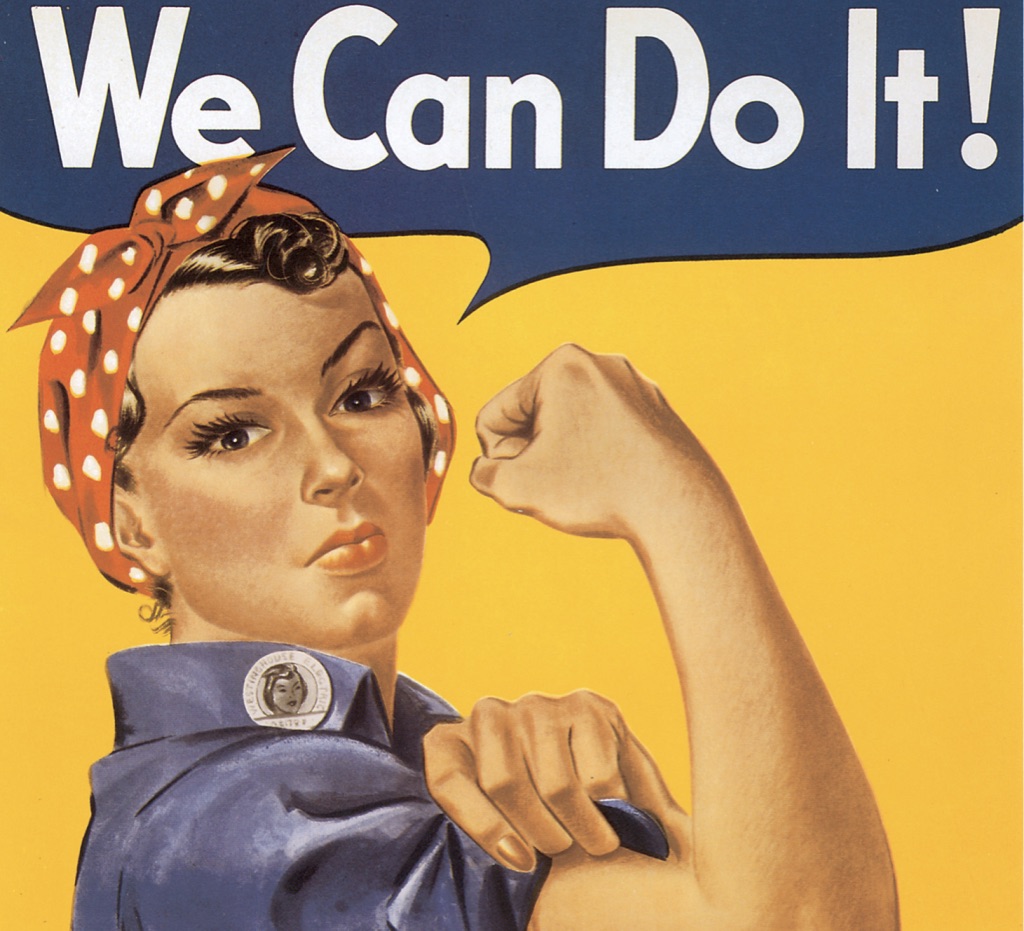
2001–2002
Produce for Victory: Posters on the American Home Front, 1941–45
Produce for Victory contained the best of the Smithsonian’s wartime images, collected by its curator of graphic arts during World War II. It traced the evolution of the poster as an art form that was key to mobilizing and maintaining stateside support, in human and natural resources, for the global battle overseas.
Tour sites:
- Herbert S. Ford Memorial Museum, Homer
- Hermione Museum, Tallulah
- Varnado Store Museum, Franklinton
- Louisiana Political Museum & Hall of Fame, Winnfield
- Zigler Museum, Jennings
- West Baton Rouge Museum, Port Allen
